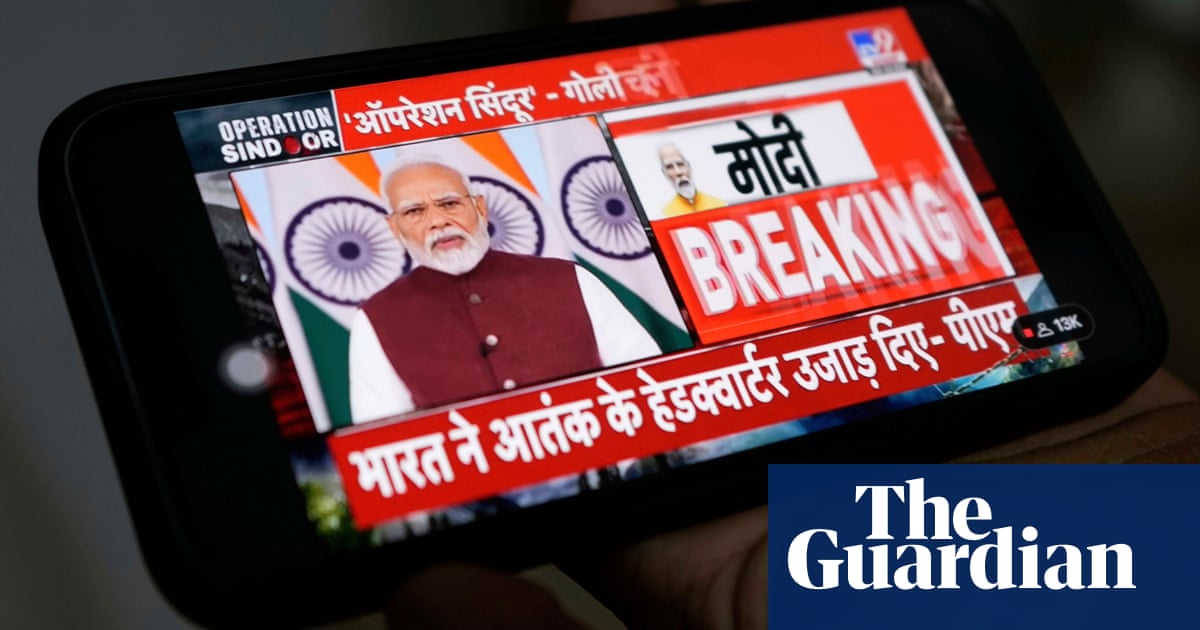It was an accident waiting to happen. Anyone with an ounce of common sense could see the potential for the International Football Association Board’s offside protocols in the era of VAR to cause serious injury. Needless collisions are inexcusable. It should not have been allowed to reach the point where we are wondering whether Nottingham Forest’s Taiwo Awoniyi being placed in an induced coma will act as a red flag for the authorities.
Injuries happen. What is not acceptable is the safety of players being compromised as a result of technology warping the game and officials being instructed not to flag for offside if a goalscoring opportunity is on the cards.
The hope is that the sight of Awoniyi colliding with a post and suffering a serious abdominal injury during an attack that should never have been allowed to unfold during Forest’s 2-2 draw with Leicester last Sunday will finally shake some sense into people.
It is worth pointing out, of course, that Sian Massey-Ellis, who was running the line at the City Ground, was not at fault when she chose not to raise her flag when Anthony Elanga ran past the Leicester defence at the start of the move and crossed for Awoniyi. Elanga looked offside to the naked eye but these days officials are told to wait.
The logic is that it is better to allow a move to play out and leave it to VAR to verify whether someone has strayed offside. The thinking is sound at a superficial level: in theory the law, brought in for the 2020-21 season, guards against goals being chalked off when someone was half a yard onside, rewarding attacking play, and means that nobody can complain about the unknown consequences of moves being brought to a premature halt by an incorrect offside flag.
But the sweeping application of the law opens up officials to accusations that the fear of making a mistake has become too great. It seems that the smooth running of VAR, which looks increasingly impossible in a sport as dynamic as football, is a bigger priority than player safety and the quality of the spectacle.
Few things about the modern game are more frustrating than watching play continue even when the offside is clear and obvious. The effect is artificial, a kind of non-football being allowed to unfold while an attack develops in hesitant fashion. I shared Pep Guardiola’s irritation when he erupted on the touchline after such an incident during Manchester City’s win against Chelsea last August.
Everyone inside Stamford Bridge could see that Nicolas Jackson had mistimed his run. So much energy was wasted. The crowd’s excitement at Chelsea scoring wasn’t real. City’s defenders should not have been made to scramble back to keep the ball out of their net. Jackson’s teammates should not have been sprinting forward to support him.
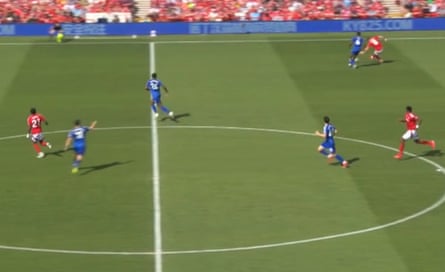
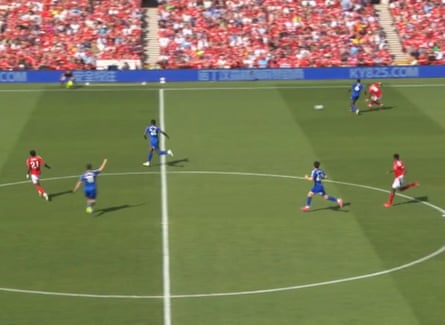
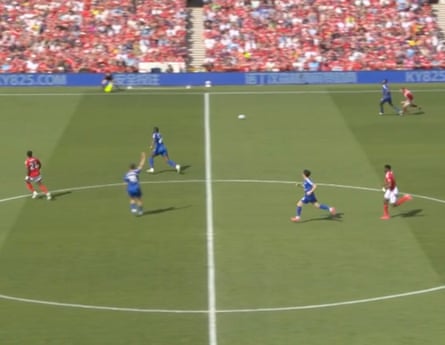
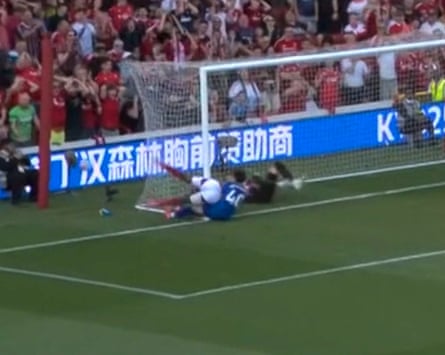
There is a feeling within the game that this application of the offside law has contributed to the rise in hamstring injuries in the Premier League. It is not ideal that defenders playing in high lines are repeatedly having to turn and set off on a series of unnecessary explosive runs. Defenders, managers and fans have every reason to complain when the flag eventually goes up.
Awoniyi is not the first to suffer. City’s Ederson and John Stones picked up injuries in similar circumstances last season. There should have been a reaction. Footballers are taught to play to the whistle. It does not matter if a defender knows that the attacker has been caught offside. There is no option but to play on if the flag stays down. There is always a chance of the offside trap malfunctioning and the goal being allowed to stand. But the uncertainty helps no one. Elanga was clearly offside. Play continued and Leicester’s Facundo Buonanotte had to track back to help out. Buonanotte was involved in the challenge that led to Awoniyi’s injury.
It is the latest example of how the desire to use VAR to turn refereeing into a precise science is causing more problems than it solves. At the 2018 World Cup, when the technology was first used at a major tournament, the protocol was for assistant referees to keep the flag down for tight offsides. That makes sense. Some offsides are impossibly difficult to call. Leaving aside whether chalking off a goal for a toenail offside is in alignment with the original spirit of the law, as long as VAR exists there is a benefit to letting some moves play out before taking a closer look at a replay.
Yet football is a game of collisions and fast movements. Its appeal lies in its imperfect lines, its shades of grey. We need to be mature enough to accept that human error is part of the game. It is time to be more flexible and allow assistant referees to raise the flag if they think they have seen a clear offside. And if that leads to teams missing out on goals that might have been? Better to have that than the constant stoppages and the increased risk of injury. Football is supposed to be fluid and chaotic. Attempting to turn it into an exact science, all clean and clinical, is out of touch. Awoniyi’s injury is a reminder of the sport’s ability to ruin even the best-laid plans.

 3 months ago
51
3 months ago
51






























